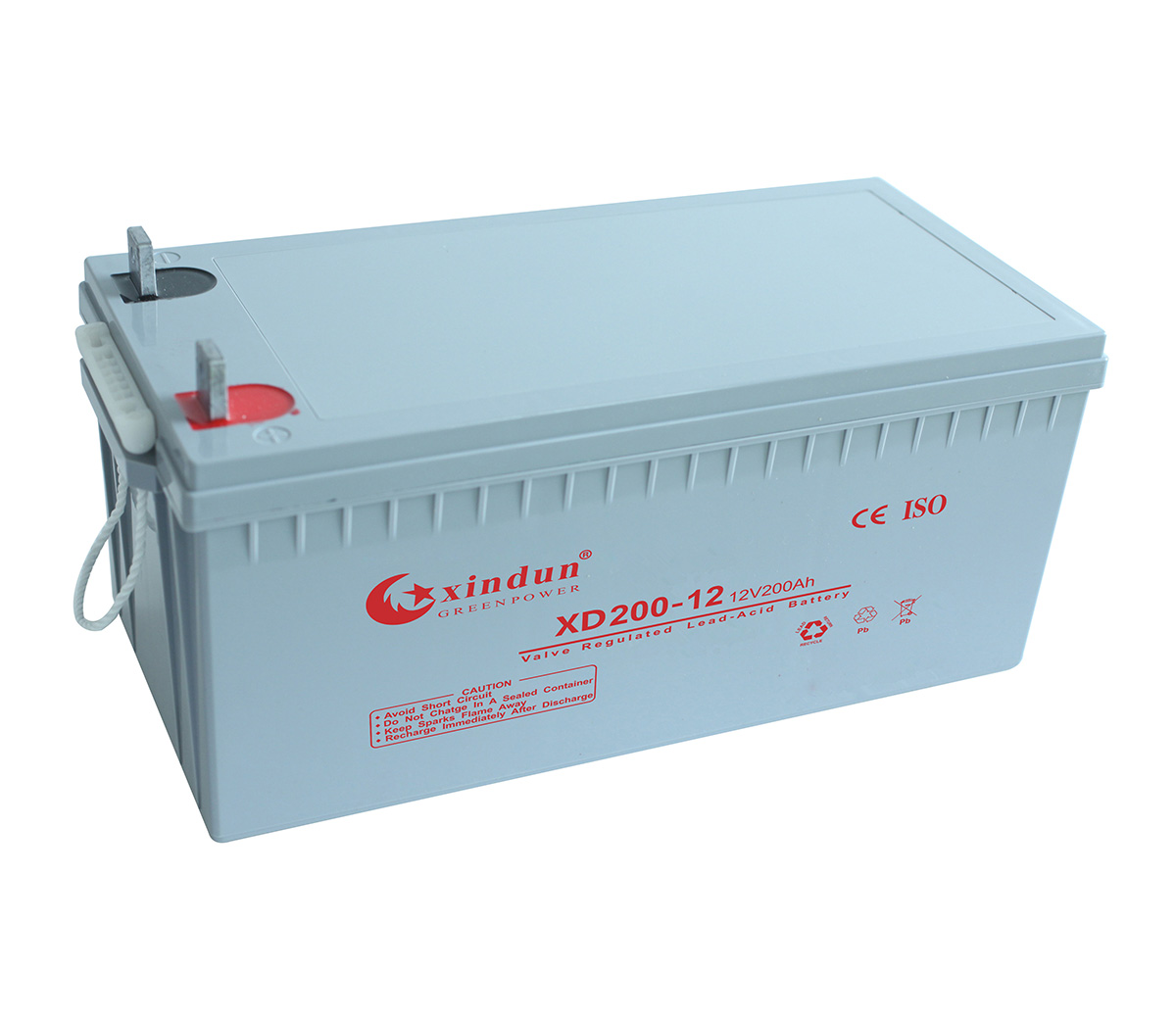
Telephone / WhatsApp:
+86 18924874907

Hybrid Solar Inverter Charger Manufacturer
○16-year experience ○Factory wholesale ○OEM/ODM
Welcome to the website of Guangdong Xindun Power Technology Co.,Ltd.
PRODUCTS
Guangdong Xindun Power Technology Co.,Ltd.
|
Details
Position:
Home>
Details
Battery management
Date: 2019-06-26
Click: 4779
Lead-acid battery generally adopt three-stage charging mode:The first stage: Fast charging mode and constant current charging stage. The discharge depth is closely related to the battery life.
Lead-acid battery generally adopt three-stage charging mode: The first stage: Fast charging mode and constant current charging stage. The maximum output current of the charger is used to charge the battery rapidly. The charging time depends on the capacity of the battery and the state of the battery at the beginning of charging. The second stage: Uniform charging mode, constant voltage charging stage, charging voltage of charger remains constant, charging capacity continues to increase, battery voltage rises slowly, charging current decreases. The third stage: Floating charging mode, the battery is basically full, charging current drops below the floating charge conversion current, charging voltage drops to the floating charge voltage. 1. Charging Current Battery charging current is usually expressed as a multiple of battery capacity C. For example, if the battery capacity C = 100Ah, the charging current of 0.1C is 0.1 x 100 = 10A. The optimum charging current of maintenance-free lead-acid batteries is about 0.1C, and the charging current must not be greater than 0.3C. Excessive or low charging current will affect the service life of batteries. 2. Charging Voltage The rated voltage is 2V, and the floating charge voltage is 2.2-2.3V. The average charging voltage is set to 2.3-2.5V. If the charging voltage is too high, the battery will easily lose water and heat distortion. On the contrary, the battery will be undercharged and the charging voltage will be abnormal, which may be caused by the incorrect configuration of the charger or by the failure of the charger. 3. Depth of discharge In the process of using batteries, the percentage of capacity released by batteries to their rated capacity is called depth of discharge (DOD). The discharge depth is closely related to the battery life. The deeper the discharge depth is, the shorter the charging life is. Therefore, deep discharge should be avoided as far as possible in use. The discharging depth of storage battery is shallow cycle discharging at 10%-30%. The discharge depth ranges from 40% to 70% for medium cycle discharge. Deep cycle discharge occurs when the discharge depth is between 80% and 90%. Generally speaking, the deeper the daily discharge depth is, the shorter the battery life is, the shallower the discharge depth is, and the longer the battery life is. Shallow cyclic discharge is beneficial to prolong the battery life. The shallow cycle operation of storage battery has two obvious advantages: firstly, the storage battery generally has a longer cycle life; secondly, the storage battery often has more spare ampere-hour capacity, which makes the guarantee rate of power supply of photovoltaic system higher. According to the practical operation experience, the appropriate discharge depth is 60% to 70%. Xindun is an expert in battery. If you have any questions, please come to consult us. |









